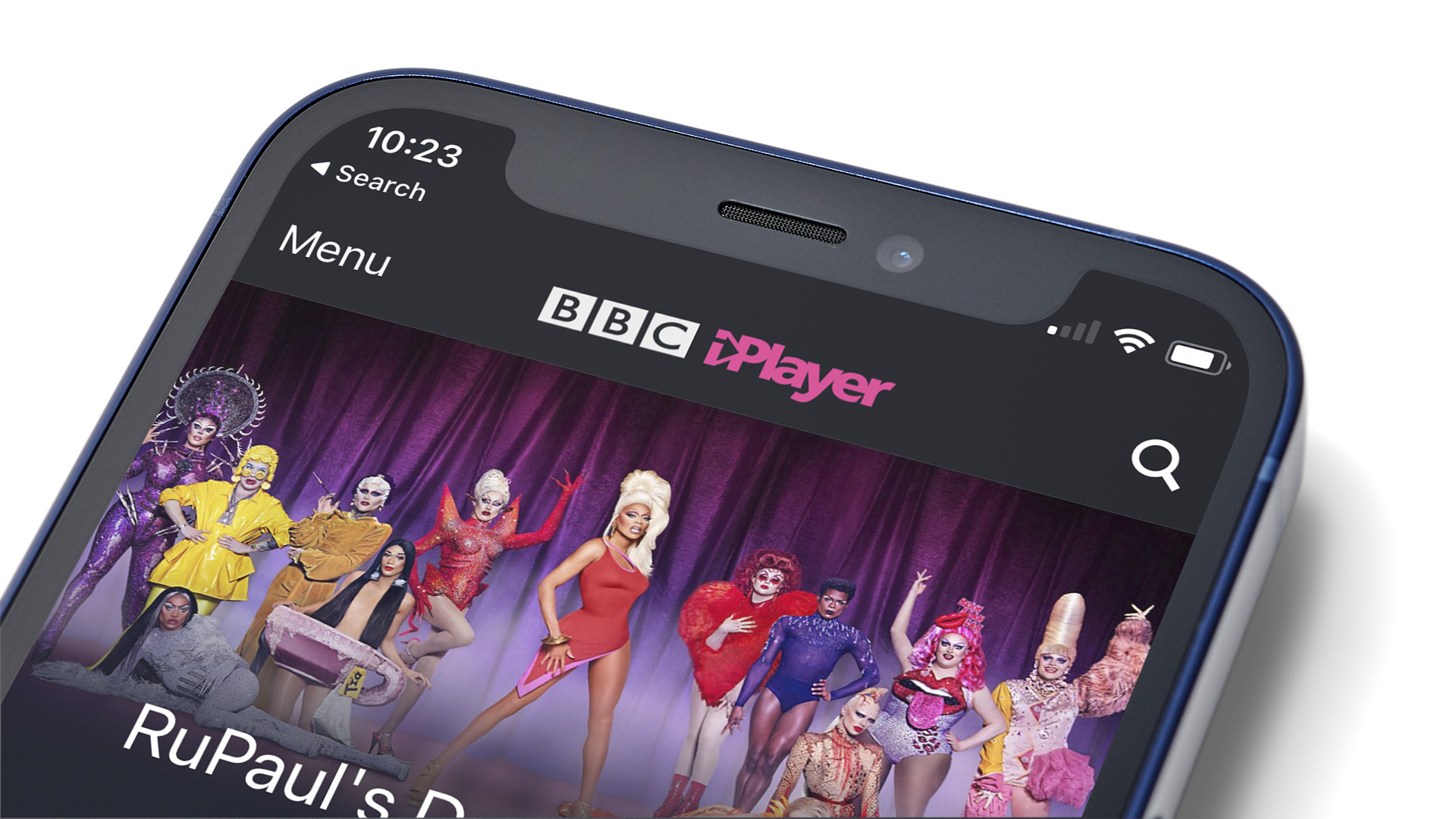In-screen Touch ID and Face ID could be coming to new iPhones and iPads
According to an Apple patent

We could soon be saying goodbye to the notch on Apple's iPhones and iPads. Apple has filed a patent that would enable the sensors required for Touch ID fingerprint recognition and Face ID facial recognition to be built right into a device's screen.
Currently, these sensors are housed in the notch that sits atop the screen, along with the front-facing camera. While they work perfectly well, the notch takes away valuable screen space, and detracts from the user experience in other ways, too – for example, by leaving no space to show battery percentage. And more than anything, it just looks unsightly having a chunk taken out of the screen.
But that could soon change. As 9to5Mac reports, Apple has patented a method of integrating both Touch ID and Face ID sensors into the display itself. The patent focuses on the fingerprint sensor (Touch ID), but notes that the same approach could work for the facial recognition sensor (Face ID).
It could also pave the way for the front-facing camera to be integrated into the screen, though that's likely to be a way off yet. Early tests have reportedly yielded substandard results (think haze, low contrast and shonky white balance), but thankfully these don't matter for Face ID, so it can be integrated sooner.
In all likelihood, we won't see these changes until next year at the earliest. The iPhone 13 is expected not to bring any great design changes, and will likely look very similar to the iPhone 12 range. However, a new iPad Air, new iPad Pros and a new standard iPad are all expected next year, along with the iPhone 14 of course. So even if the notch doesn't completely disappear in 2022, it could shrink considerably, giving us precious screen space back.
MORE:
iPhone 13: release date, price, leaks and all of the news
Get the What Hi-Fi? Newsletter
The latest hi-fi, home cinema and tech news, reviews, buying advice and deals, direct to your inbox.
Our pick of the best iPhones
The best Apple deals and cheapest prices on Apple products
Joe has been writing about tech for 20 years, first on staff at T3 magazine, then in a freelance capacity for Stuff, The Sunday Times Travel Magazine (now defunct), Men's Health, GQ, The Mirror, Trusted Reviews, TechRadar and many more. His specialities include all things mobile, headphones and speakers that he can't justifying spending money on.

